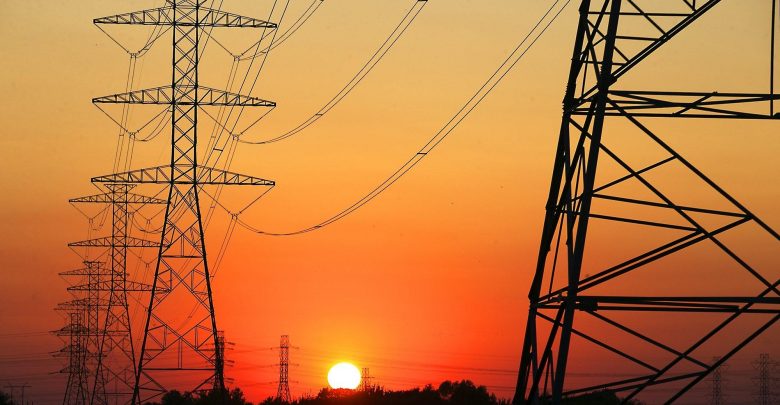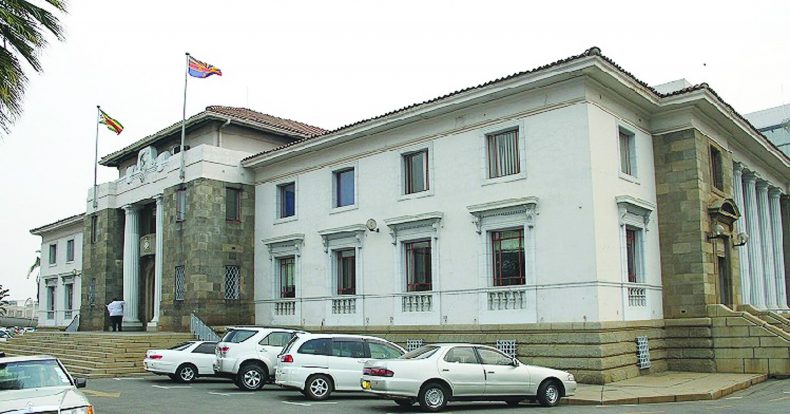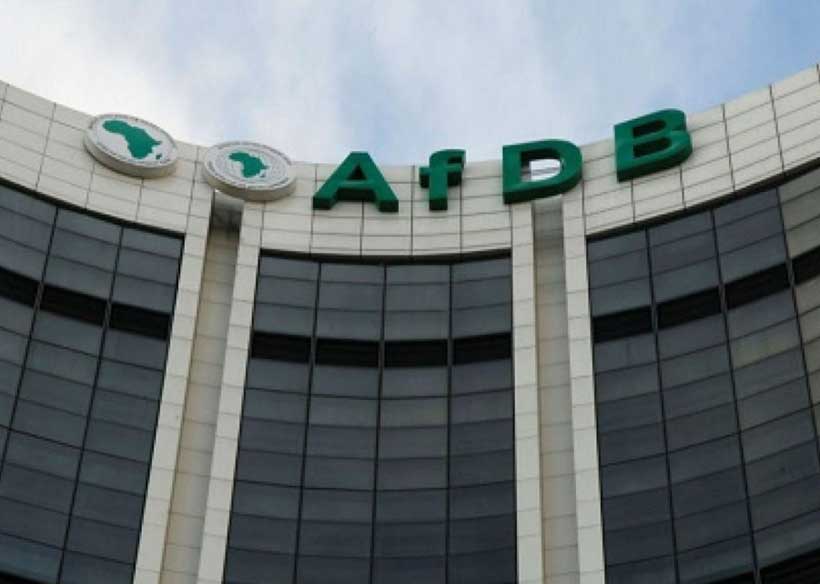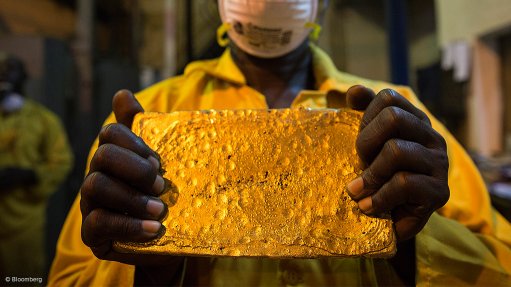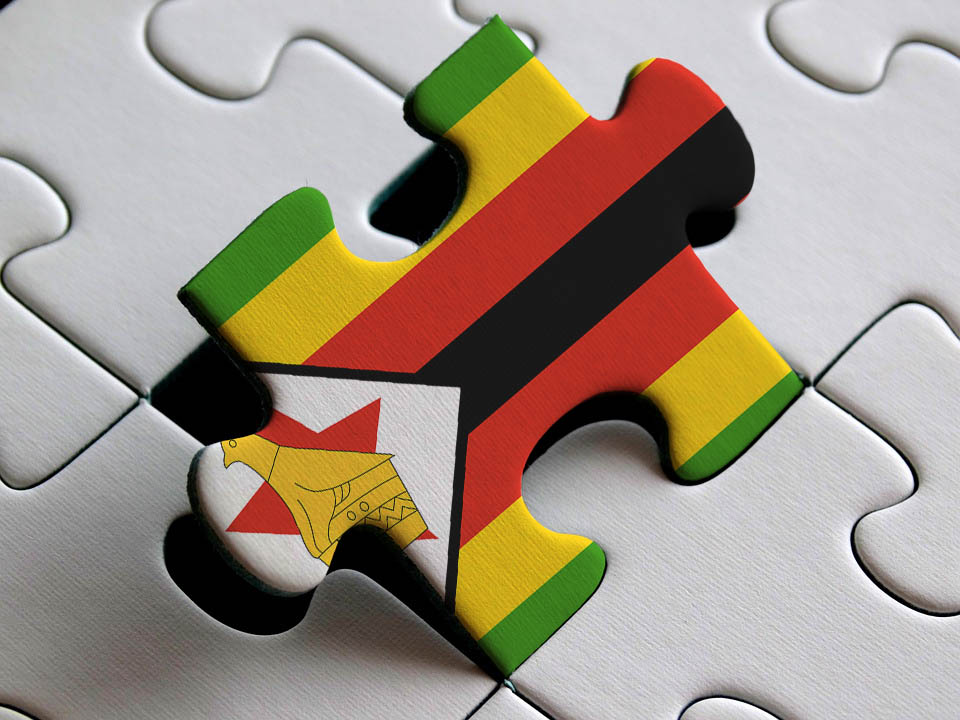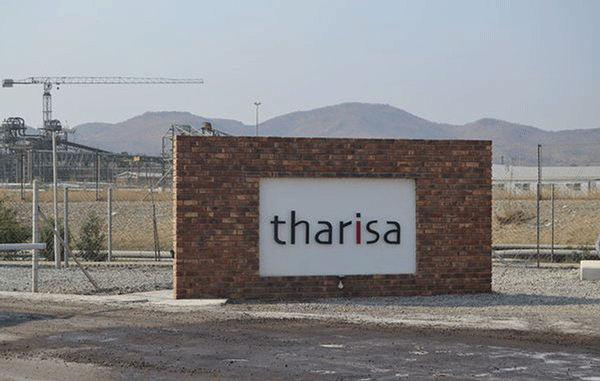Bulawayo aims to regain industrial hub status with new park
THE proposed Bulawayo Industrial Park is poised to position the city as a springboard for industrialisation, massive investment, job creation across multiple sectors and regional transformation.
The ambitious initiative aligns with the broader industrialisation goals of the Southern African Development Community (SADC).
With the overarching goal of contributing to the socio-economic growth of the region, the Bulawayo Industrial Park is positioned to become a critical engine for economic development, particularly in Bulawayo and the surrounding areas.
An industrial park is a designated area specifically planned and developed for industrial use.
These typically feature subdivided plots equipped with vital infrastructure such as roads, transportation networks, and public utilities.
In some cases, industrial parks also offer shared facilities that foster collaboration and efficiency among manufacturers.
By centralising industrial activities in one location, industrial parks create a productive and supportive environment for businesses to thrive, reducing logistical costs and improving the ease of conducting business.
In Bulawayo, Umvumila Zone has been selected as a key starting point for the initiative. Bulawayo Industrial Park (Private) Limited Acting Chief Executive Officer, Retired Colonel Jacob Musara, said the model was deeply rooted in the idea of re-imagining Bulawayo and its surrounding province as a thriving industrial hub.
A few years ago, the city’s industrial sector was on a sharp decline with a number of companies either closing shop or relocating to Harare — rendering thousands of people in Bulawayo jobless.
However, with the coming in of the Second Republic and the introduction of a number of deliberate ease-of-doing-business policies, the past years have seen a number of companies emerging from the red and growing their capacity utilisation.
A solid domestic industrial base is a priority under the Second Republic’s National Development Strategy (NDS1), a critical building block towards the attainment of an upper middle-income economy vision by 2030.
“Bulawayo was once the industrial hub of Zimbabwe and we are not looking at reviving the industrial fortunes of Bulawayo to restore its status as an industrial hub of Zimbabwe,” said Rtd Col Musara.
“We have gone beyond that level; we have taken a step ahead. We are now looking at Bulawayo as a regional industrial hub, serving the SADC region and beyond.
“The industrial park will see the establishment of production and manufacturing processes of the rich resources in Matabeleland. Matabeleland is heavily rich in mineral resources, agricultural business, tourism and hospitality industry,” he added.
“We are going to revive those with a flair of international standards, put up a state-of-the-art medical facility as well.”
Rtd Col Musara said they were keen to harness the support of all Zimbabweans who left the country to the diaspora who have gained unparalleled skills and experience who could come back home and venture into different fields.
“Bulawayo is predominantly a cattle-ranching region. We want to see the processing of beef, the restoration of the status of Zimbabwe as a supplier of beef to the European Union and the Far East,” he said. “We embrace the Look East policy as well while enhancing and strengthening our ties with the West.”
The Bulawayo Industrial Park is expected to generate significant benefits for the local community, particularly through job creation and increased revenue generation.
According to Rtd Col Musara, the local community will directly benefit from the supply of raw materials for the park, stimulating downstream economic activities and enhancing local government revenues.
The project has garnered support from various stakeholders, including the Bulawayo City Council, Bulawayo Provincial Affairs and Devolution Minister Cde Judith Ncube, and financial institutions interested in funding the development.
“We have approached quite a number of financial institutions and they have expressed their willingness to take part in the development of this project. It’s a massive project,” said Rtd Col Musara.
Another representative of the initiative, Mr Darlington Nyika, said the adoption of approaches that align with regional and global standards was ideal.
“Until we have something that speaks to a world-class venture, there will be a need for a lot of research and development, because the rollout or the assumption of Bulawayo as a springboard or a launch-pad for industrialisation – will not only be for the nation, but will have to speak into the region, such that when we approach the conversation or find our footing on the global market, we are more robust, we are more comprehensive, because we are approaching the subject as a regional bloc,” he said.
“So, that means we will have to explore and identify strategic partners in the region from each and every individual member state.”
With robust support from stakeholders and a clear vision for growth, the park promises to be a significant driver of economic development and job creation for the region.-chromcnile


